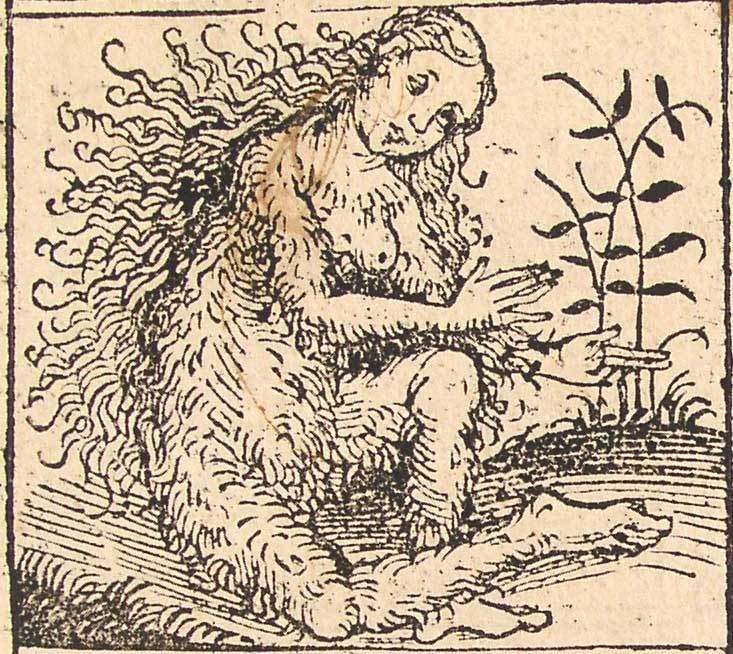ICD-10 L68.0 DiseasesDB 20309 eMedicine med/1017 derm/472 | ICD-9-CM 704.1 MedlinePlus 003148 | |
 | ||
Specialty | ||
Hirsutism is excessive body hair in men and women on parts of the body where hair is normally absent or minimal, such as on the chin or chest in particular, or the face or body in general. It may refer to a male pattern of hair growth that may be a sign of a more serious medical condition, especially if it develops well after puberty. It can be caused by increased levels of androgen hormones. The amount and location of the hair is measured by a Ferriman-Gallwey score. It is different than hypertrichosis, which is excessive hair growth anywhere on the body.
Contents
Hirsutism is usually the result of an underlying endocrine imbalance, which may be adrenal, ovarian, or central. Hirsutism is a commonly presenting symptom in dermatology, endocrinology, and gynecology clinics, and one that is considered to be the cause of much psychological distress and social difficulty. Facial hirsutism often leads to the avoidance of social situations and to symptoms of anxiety and depression.
Hirsutism affects between 5–15% of all women across all ethnic backgrounds. Depending on the definition and the underlying data, estimates indicate that approximately 40% of women have some degree of unwanted facial hair.
Signs and symptoms
Hirsutism affects members of any gender, since rising androgen levels can cause excessive body hair, particularly in locations where women normally do not develop terminal hair during puberty (chest, abdomen, back, and face). The medical term for excessive hair growth that affects any gender is hypertrichosis.
Causes
Hirsutism can be caused by either an increased level of androgens, the male hormones, or an oversensitivity of hair follicles to androgens. Male hormones such as testosterone stimulate hair growth, increase size and intensify the growth and pigmentation of hair. Other symptoms associated with a high level of male hormones include acne, deepening of the voice, and increased muscle mass.
Growing evidence implicates high circulating levels of insulin in women for the development of hirsutism. This theory is speculated to be consistent with the observation that obese (and thus presumably insulin resistant hyperinsulinemic) women are at high risk of becoming hirsute. Further, treatments that lower insulin levels will lead to a reduction in hirsutism.
It is speculated that insulin, at high enough concentration, stimulates the ovarian theca cells to produce androgens. There may also be an effect of high levels of insulin to activate insulin-like growth factor 1 (IGF-1) receptor in those same cells. Again, the result is increased androgen production.
Signs that are suggestive of an androgen-secreting tumor in a patient with hirsutism is rapid onset, virilization and palpable abdominal mass.
The following may be some of the conditions that may increase a woman's normally low level of male hormones:
Diagnosis
One method of evaluating hirsutism is the Ferriman-Gallwey score which gives a score based on the amount and location of hair growth on a woman.
Diagnosis of patients with even mild hirsutism should include assessment of ovulation and ovarian ultrasound (because of the high prevalence of polycystic ovary syndrome), as well as 17α-hydroxyprogesterone (because of the possibility of finding nonclassic 21-hydroxylase deficiency).
Other blood value that may be evaluated in the workup of hirsutism include:
If no underlying cause can be identified, the condition is considered idiopathic.
Treatment
Many women with unwanted hair seek methods of hair removal. However, the causes of the hair growth should be evaluated by a physician, who can conduct blood tests, pinpoint the specific origin of the abnormal hair growth, and advise on the treatment.
Medication
Medication include:
